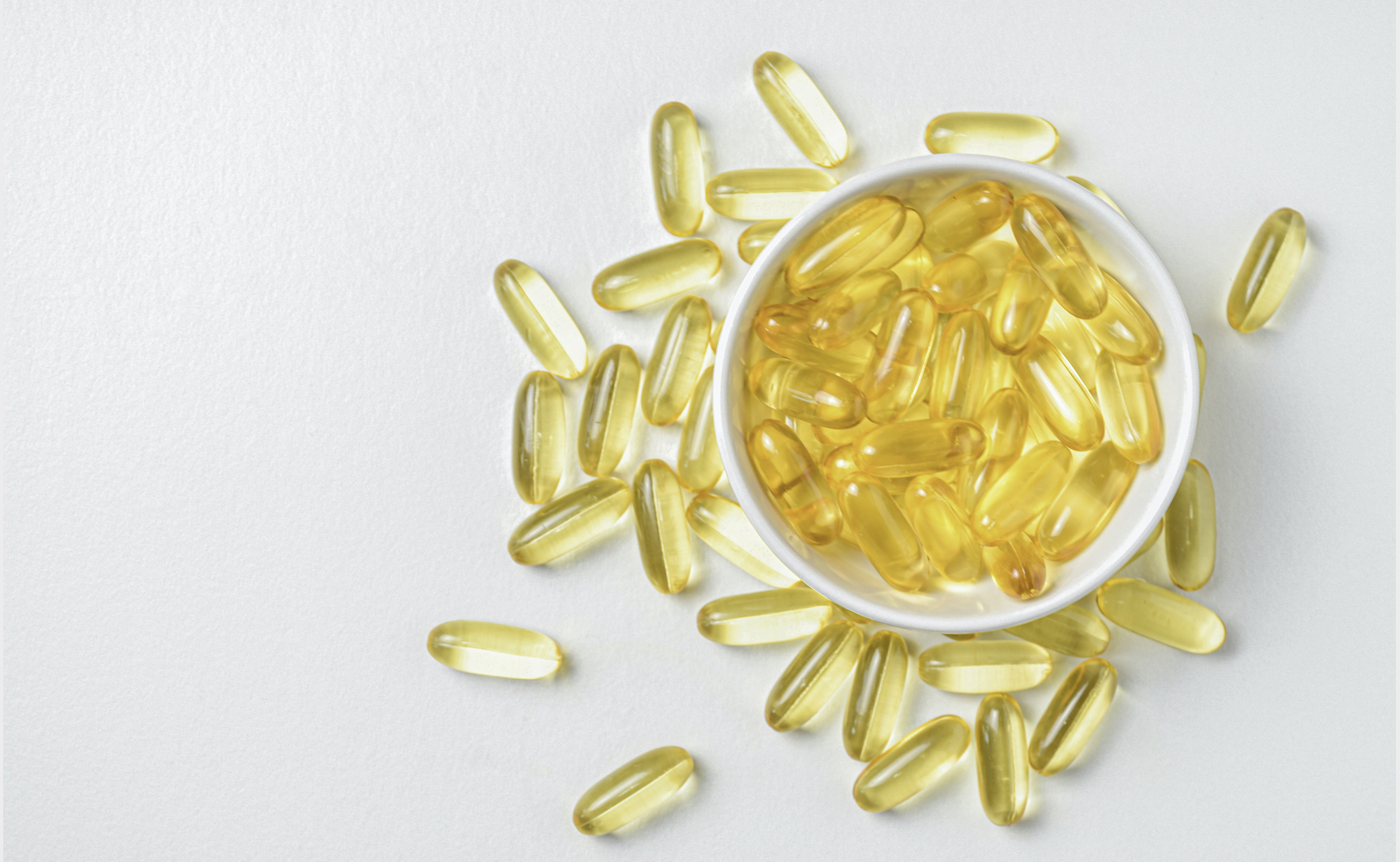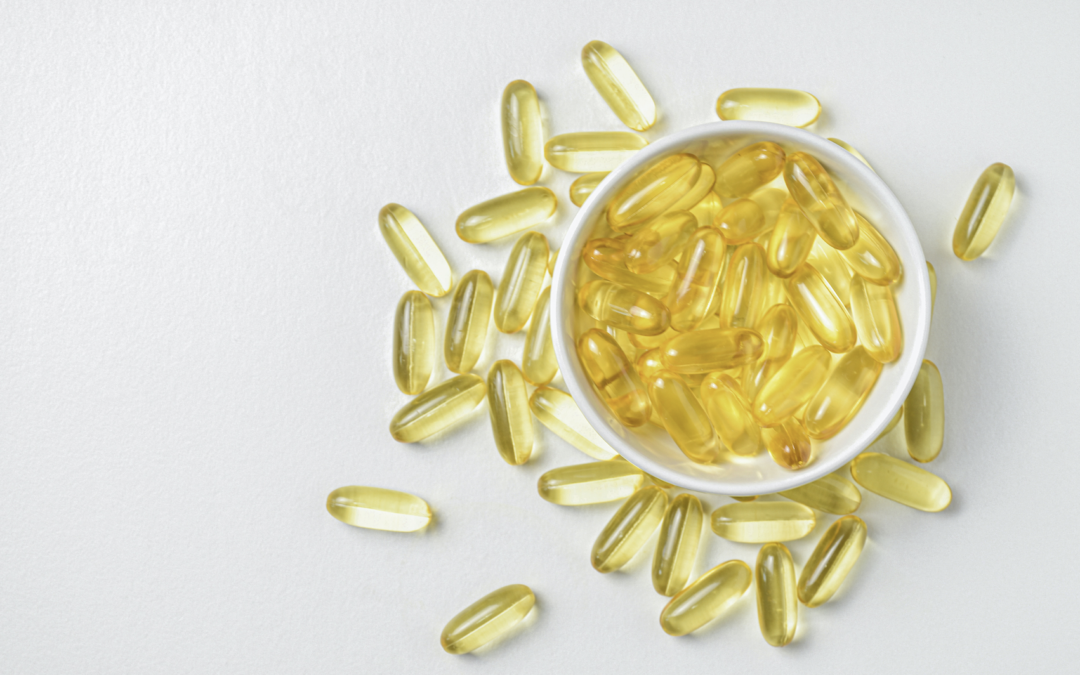
Around the world, vitamin D deficiency is a pressing concern. Around 1 billion people worldwide have vitamin D deficiency, while 50% of the population is not consuming enough vitamin D, according to Cleveland Clinic.
In the US, researchers found that up to 42% of American adults have a vitamin D deficiency. This figure goes up to almost 63% in Hispanic adults and 82% in African-American adults.
Most people are aware that Vitamin D is also referred to as vitamin sunshine. But people rarely make it a conscious habit to get an adequate dose of Vitamin D daily. What is vitamin D and why is it so crucial for our health?
Why is Vitamin D so important?
You need Vitamin D in your body to keep the bones strong.
How does the body do that? Cleveland Clinic explains: the body needs vitamin D so that the body can use calcium and phosphorus to build bones and support healthy tissues.
An ample amount of Vitamin D is needed to ward off conditions like rickets in children, osteomalacia in adults, and osteoporosis in the elderly.
Vitamin D is also essential for a strong and robust immune system. Studies such as this one suggest Vitamin D deficiency may cause autoimmune conditions to develop, such as diabetes, asthma, and rheumatoid arthritis. Current research is also looking at how Vitamin D relates to chronic disease prevention and cancer – but this is still being investigated.

Most adults, even though the vitamin D they get from their diets, make up for the difference through sunlight exposure. However, some adults are more at risk of having vitamin D deficiency.
Mayo Clinic identified them as people who are obese, who have dark skin, and who are 65 years old and older.
What are the symptoms of vitamin D deficiency?
Getting sick more easily Because vitamin D directly deals with the cells responsible for addressing infections, those who lack this vitamin will easily contract illnesses and other infections.
Fatigue Unlike more visible causes like stress, depression, and insomnia, vitamin D deficiency is often overlooked as a potential cause of fatigue. One study in 480 older adults linked vitamin D deficiency with fatigue symptoms.
Depression Vitamin D deficiency has been linked to depression, especially in older adults — although some study results are conflicting, according to this article on Healthline.
Muscle Weakness This includes bone aches, muscle spasms, neck and back pains.
Experts warn, however, a deficiency in vitamin D can be difficult to notice because symptoms may not occur for several months or years. Sometimes, one would not display any symptoms at all.
Don’t wait for deficiency to occur, stock up on Vitamin D as much as possible. It only takes a few choices, easily integrated in one’s lifestyle.

Here are effective ways to increase vitamin D.
- Get vitamin sunshine.
The skin hosts a type of cholesterol that functions as a precursor to vitamin D. When this compound is exposed to UV-B radiation from the sun, it becomes vitamin D. Spending time under the sun remains the best and simplest way to get vitamin D. Just make sure to limit sun exposure to a few 15 to 20 minutes to prevent skin cancer.
- Exercise.
This study found that exercise triggers the production of Vitamin D.
- Eat egg yolks.
Egg yolks are a rich source of Vitamin D. What’s more, eggs are tasty and affordable. (more about the HEALTH BENEFITS OF EGGS here).
- Consume vitamin D-rich foods.
Besides eggs, fatty fish like salmon and mackerel, mushrooms, curry leaves, soybeans, and sesame seeds are also rich in vitamin D. Also include fortified cereals and yogurt in your diet.
- Take supplements.
For many people, taking a vitamin D supplement may be the best way to ensure adequate intake. Combine vitamin D3 with K2. Although vitamin D3 is capable of entering any cell, vitamin K2 is essential for their completion of the biological process and its expression.
For any kind of supplementation, including vitamins D and K2, consult with a doctor first.

How much Vitamin D should you be getting?
Adults need 600 IU (international units) of vitamin D each day. If you’re over age 70, 800 IU is the recommended intake.
There are two kinds of Vitamin D in diet and supplements:
- Vitamin D2 (ergocalciferol): found in some mushrooms
- Vitamin D3 (cholecalciferol): found in oily fish, fish liver oil, and egg yolks. Also the vitamin produced when the sun hits the skin.
Will you get enough vitamin D through sun exposure? It’s really hard to keep track and during winter months, people tend to stay away from spending time outdoors. So how do you keep track?
This is why experts recommend getting your vitamin D from a combination of sun, food, and supplements.
How much vitamin D you need is determined by several factors, such as age, skin tone, where you live, the season, sun exposure, your clothing choice, and whether or not you have obesity.
To check on your vitamin D levels, it’s best to consult a physician, who will conduct a blood test called 25-hydroxy vitamin D blood test.
Don’t wait for symptoms to manifest, or for complications to arise. Follow these tips to stay on top of your Vitamin D needs.
Tags
References:
https://my.clevelandclinic.org/health/diseases/15050-vitamin-d-vitamin-d-deficiency’
https://www.healthline.com/nutrition/vitamin-d-deficiency-symptoms#symptoms
https://www.medicalnewstoday.com/articles/161618#role-of-vitamin-d
https://www.healthline.com/nutrition/vitamin-d-deficiency-symptoms#treatment
https://www.webmd.com/diet/vitamin-d-deficiency
https://www.healthline.com/nutrition/how-to-increase-vitamin-d
https://www.everydayhealth.com/vitamin-d/you-need-vitamin-d-supplement-everything-know/



0 Comments